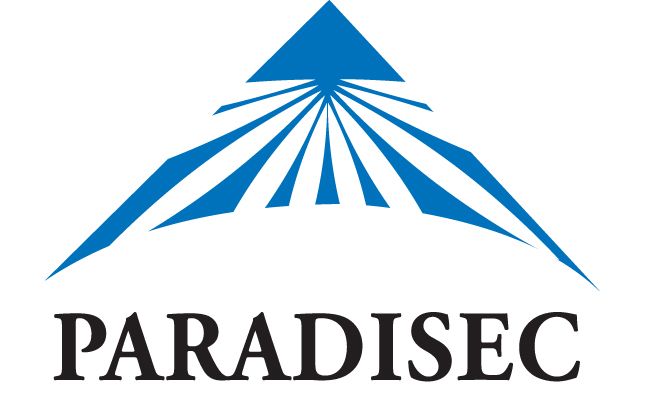Brief description
This is a collection of verbal arts and speech styles from the Western Desert of Australia, in particular those of the Ngaanyatjarra and Ngaatjatjarra peoples. The mutually intelligible Western Desert dialects Ngaanyatjarra, Ngaatjatjarra and Pitjantjatjara are still spoken by approximately 2000 people who reside in the Ngaanyatjarra Lands region of south-east Western Australia. Their oral traditions are central to cultural practice and social interaction. They embrace sign language and gesture, narrative practices as well as the use of graphic symbols that accompany sand story narratives and turlku (song and dance) and games. These multimodal speech arts are a valued aspect of the traditions of Western Desert people, yet they are highly endangered. From 2012-2019 Ngaatjatjarra linguist Elizabeth Marrkilyi Ellis worked with linguistic anthropologist Inge Kral and linguist Jennifer Green to document these endangered verbal arts. With women and girls we filmed the traditional practice of mirlpa, or sand storytelling, and with younger storytellers we recorded their adaptation of this drawing practice to iPads. Tjuma or other oral stories were documented, with male and female storytellers. We also recorded children's games and songs 'Tjilkuku - for children' as well as traditional sign language. This collection draws on various project sources. The research was supported by ELDP (Endangered Languages Documentation Programme) Small Grant SG0187. Jennifer Green was supported by an ARC (Australian Research Council) Fellowship (DP110102767) and Inge Kral by an ARC DECRA Award (DE120100720). The next phase (2015-2019) was supported by an ARC Discovery Indigenous Fellowship (IN150100018) for Elizabeth Marrkilyi Ellis. And an ARC DECRA Award (DE160100873) for Jennifer Green. Enormous support also came from the ARC Centre of Excellence for the Dynamics of Language (CE140100041).Created: 18 06 2018
Data time period: 12 10 2012 to 25 08 2020
text: Australia
iso31661: AU
Subjects
Aboriginal and Torres Strait Islander Cultural Studies |
Cultural Studies |
Language, Communication and Culture |
Ngaanyatjarra |
Ngaanyatjarra Language |
User Contributed Tags
Login to tag this record with meaningful keywords to make it easier to discover
Identifiers


